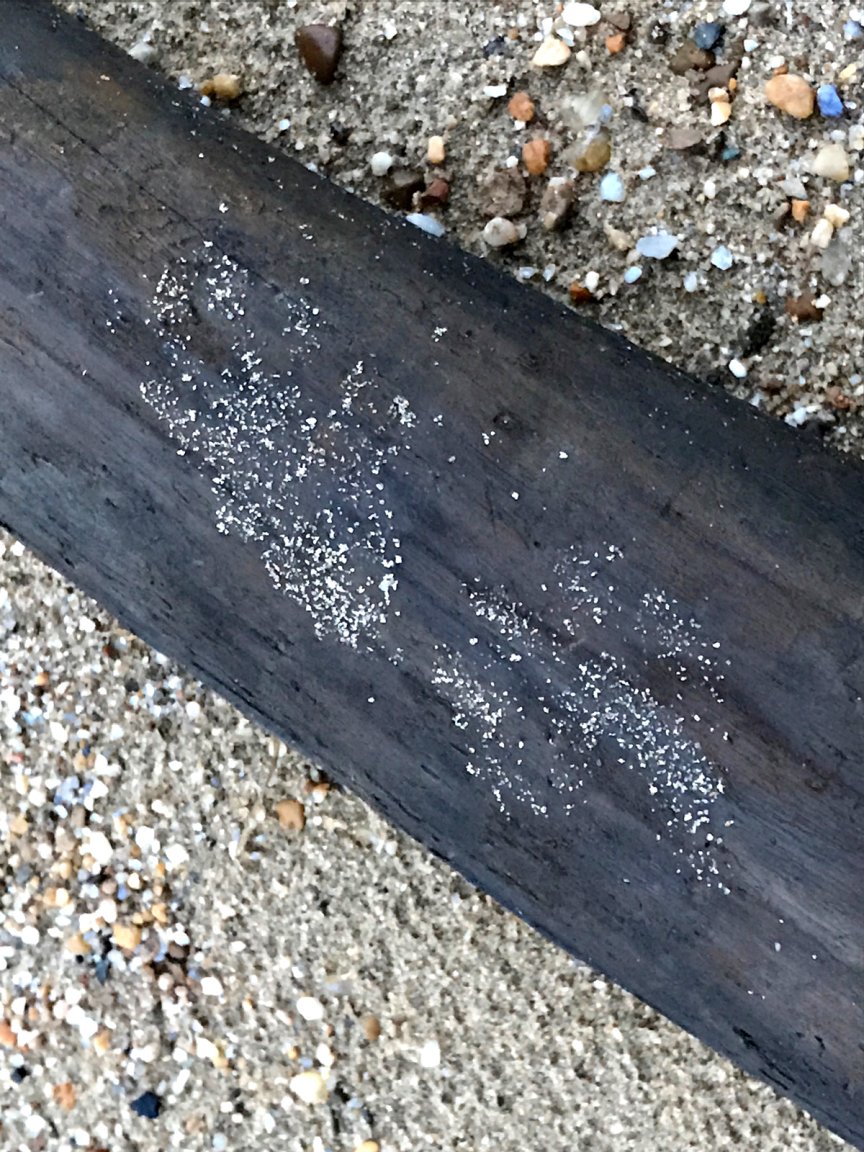We may earn revenue from the products available on this page and participate in affiliate programs. Learn More ›
The art of tracking is an age-old skill set, providing valuable information to the tracker. From a simple string of marks on the ground, we can identify prey, stay alert to the presence of predators, and even backtrack ourselves if we become lost. But what happens when we have to track through difficult terrain? There are a few tricks we can use to stay on the trail, and with some practice – you’ll start to see these subtle signs everywhere.
1. Transference
If you’ve ever tracked mud into the house, you know all about transference. This type of track occurs when material is tracked from one surface onto another surface. In the photo for this post, we have a front and rear raccoon foot. These little 5-toed feet are tracking river sand onto a dark wet log. In cases like this, the “transfer track” is delicate and very short lived. I took this picture about an hour after the rain stopped, which tells me that the track was less than an hour old. In some cases however, the transfer may result in a long-lasting track (like your muddy boot prints on the carpet).
2. Compressions
In moss, leaf litter, dry sand, and powdery snow, you may not ever find a clear print showing toe numbers, the presence of claws and other features that help you determine which species made the track. But we can still learn a lot from the overall compression shape left behind on those substrates. Felines leave a round compression track, while canines leave on oval compression. Deer leave a heart-shaped compression, while rodents leave a cross-shaped track behind and rabbit feet make a mark resembling an exclamation point. Get to know the size, track pattern and overall shape of your local animal tracks, and you’ll be able determine species from compressions alone.
3. Shine
In grasses, there is a fleeting track that is often referred to as a “shine”. This very temporary track is a shiny spot in the surrounding dull textured vegetation. The easiest way to learn how to spot these is to walk through some grass, circle around, and view the tracks you created. The tracks you just made should appear slightly shiner and darker than the surrounding grass, although moisture can vary this. In damp vegetation, shines can also appear as dark spots, or spots that are dull rather than shiny. Either way, the trampled vegetation will temporarily show a different color and/or texture than the plants around them. Do you have tough tracking surfaces in your area? How do you stay on a trail? Please tell us your process by leaving a comment.
